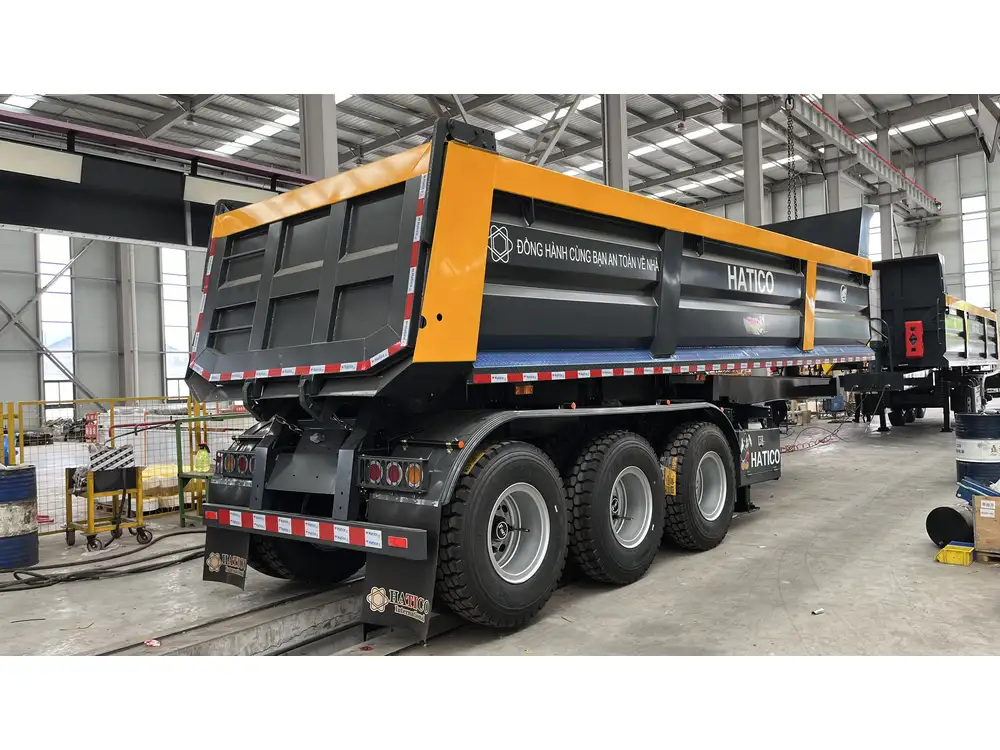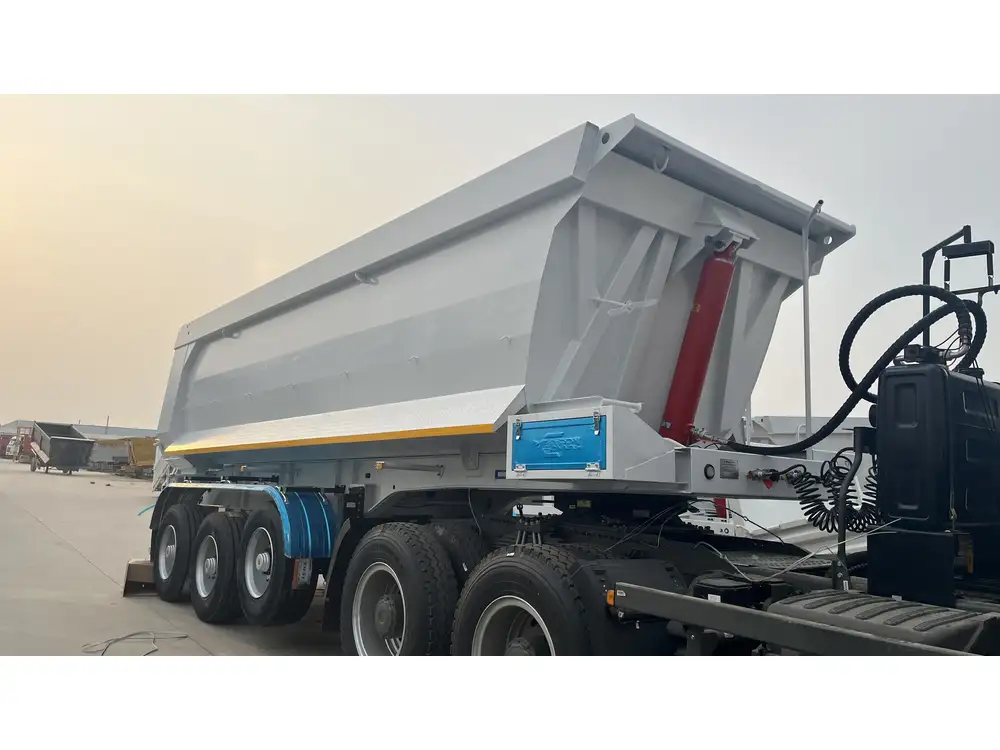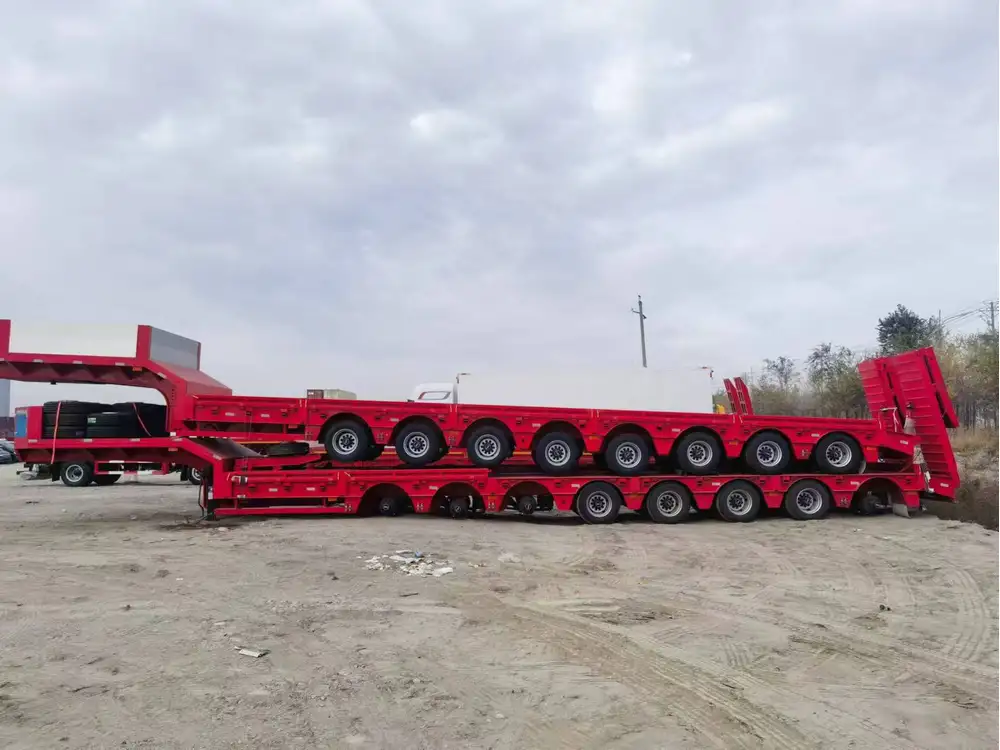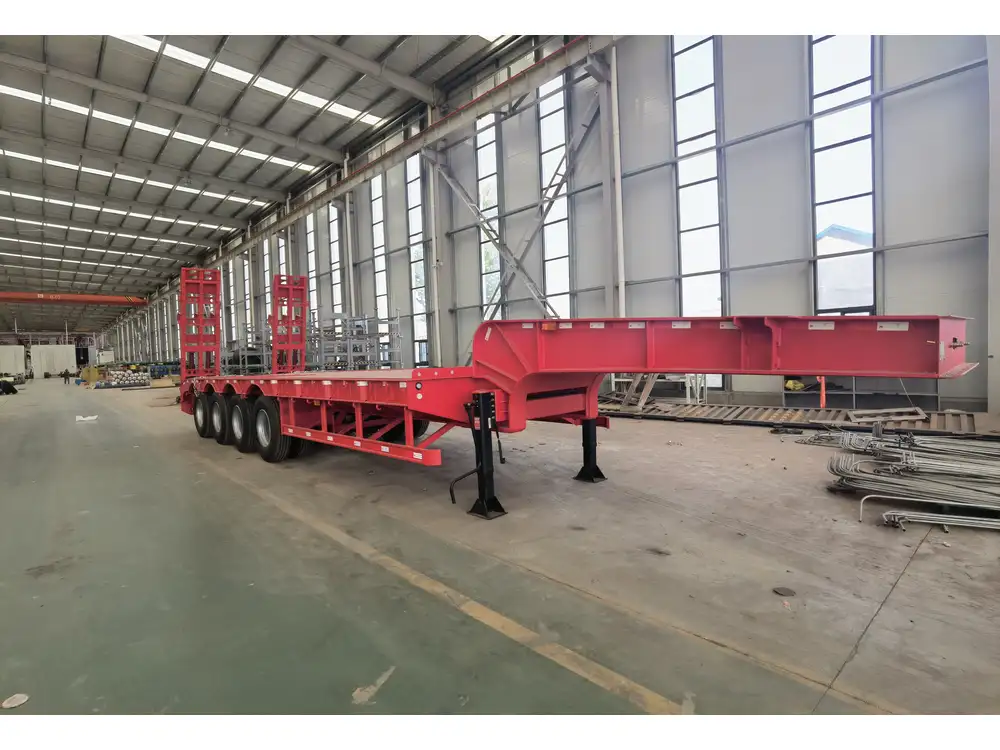When it comes to the intricacies of traveling with a semi-trailer, understanding how to properly manage your black and gray water tanks is crucial. This guide provides a thorough exploration of the best practices and locations for dumping your black and gray tank waste, ensuring you maintain your trailer in optimal condition while adhering to environmental and legal standards.
Understanding Black and Gray Water Tanks
Before diving into dumping procedures, it’s essential to differentiate between black and gray water tanks:
| Tank Type | Description | Common Contents |
|---|---|---|
| Black Water | Stores waste from toilets and must be disposed of correctly to prevent environmental hazards. | Human waste, toilet paper. |
| Gray Water | Holds wastewater from sinks, showers, and dishwashing. Generally contains fewer contaminants than black water. | Water from sinks, showers, and dishwater. |
Why Proper Dumping is Important
Improper disposal of waste can lead to not only penalties but also environmental hazards. Here’s a breakdown of the consequences:
- Legal Penalties: Many regions have strict regulations against dumping waste improperly. Fines can accumulate quickly.
- Environmental Impact: Dumping raw sewage can contaminate local water sources, affecting wildlife and vegetation.
- Health Risks: Hazardous bacteria and pathogens can proliferate from waste spills, posing health risks to humans and animals alike.

Best Practices for Dumping Your Trailer Tanks
To ensure you’re ready for the dumping process, consider the following best practices:
1. Check Local Regulations
Research the local laws regarding waste disposal in your area of travel. Many campgrounds and RV parks have designated dumping stations that comply with local standards. Websites like Campendium or RV Dumps can be resourceful for locating these sites.
2. Use Designated Waste Disposal Stations
These stations are designed to handle waste from black and gray tanks safely and effectively. Always use facilities that are specifically designated for this purpose.

3. Carry Proper Equipment
To facilitate the dumping process, equip yourself with the necessary tools:
- Sewage Hose: A durable, flexible hose is essential for transferring waste without spills.
- Hose Support: Use a support to maintain a downhill angle, facilitating efficient draining.
- Adapters: Make sure to have the right size and type of adapters needed for different dump station designs.
4. Prepare for the Process
Before you begin dumping, ensure you:
- Wear Protective Gear: Gloves and eye protection are important for hygiene.
- Close the Valves: Always close your tanks’ valves until you’re ready to drain to prevent unwanted leaks.
Step-by-Step Dumping Procedure
Here’s a detailed, step-by-step guide to correctly dump your black and gray water tanks:

A. Dumping the Black Tank
- Locate the Dump Station: Ensure it is open and accessible.
- Position Your Trailer: Align your trailer so that the tank outlet is as close to the station as possible.
- Connect the Hose: Attach the sewer hose to the trailer’s outlet securely, ensuring it’s airtight.
- Open the Black Tank Valve: Open the valve slowly; you might hear a rush of waste.
- Flush the Tank: For better sanitation, use a tank sprayer, if available, to rinse the tank while it is open. This helps prevent clogs.
- Close the Valve: Once empty, securely close the black tank valve.
B. Dumping the Gray Tank
- Reconnect the Hose: If removed, attach the hose back to the outlet.
- Open the Gray Tank Valve: Open this valve after sealing the black tank. Since gray water usually has fewer solids, it helps to clear the hose of any residual black water.
- Flush the Gray Tank: Just like the black tank, flushing with water helps keep things clean.
- Close the Valve: Ensure your gray tank valve is tightly closed after dumping.
C. Clean and Store Equipment
- Rinse Hose: Clean your sewage hose with clean water before disconnecting it.
- Store Safely: Make sure your equipment is stored properly in a sealed compartment to avoid contamination.

Finding Dump Stations
Navigating where to dump your black and gray trailer tanks can be straightforward if you know where to look:
Key Resources for Finding Dump Stations
| Resource | Description |
|---|---|
| Online Maps and Apps | Use apps like “Sanidumps”, “Ioverlander”, or “RV Dump Stations.” |
| Campground Directories | Many campgrounds list nearby disposal sites in their welcome packets. |
| State Park Websites | State parks often have waste disposal information on their websites. |
Local Facilities to Consider
- Campgrounds: Most campgrounds provide waste disposal stations for registered guests.
- Rest Areas: Some highway rest areas offer dump stations for RVs, which can be very convenient during travel.
- Marine Facilities: If you’re near a lake or coastal area, marinas often have facilities to accommodate RV waste.

Common Issues and Solutions
Though the dumping process seems straightforward, issues may arise. Here’s how to tackle some common problems:
Problem: Clogs in the Black Tank
Solution: Regularly add tank treatments that break down waste. If clogs persist, consider using a flush to clear the blockage.
Problem: Odor Issues
Solution: Ensure tanks are properly sealed and use deodorizing solutions. Additionally, checking for leaks in hoses will help maintain sanitary conditions.

Problem: Long Wait Times at Dump Stations
Solution: Plan your travel schedule to arrive during off-peak hours or consider less popular locations to minimize wait times.
Conclusion
Effectively managing where to dump your black and gray trailer tanks is not just a matter of convenience; it’s an essential part of responsible trailer ownership. Observing proper waste disposal practices not only safeguards your health but also protects the environment. By familiarizing yourself with local regulations, utilizing designated dump sites, and adhering to the best practices outlined above, we can ensure a smooth and responsible journey wherever your trailer takes you.
This guide serves as your comprehensive roadmap for managing one of the more daunting aspects of semi-trailer travel and should empower you to handle your waste with confidence and care. Happy travels!



